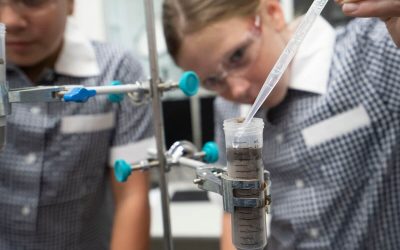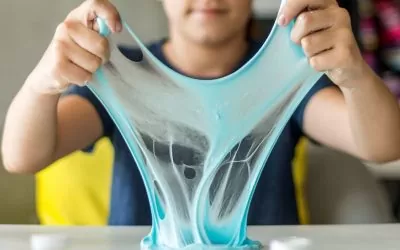We might not see much of it in Australia but snow is literally one of the coolest things that fall from the sky. It’s great for snowball fights and skiing and catching on your tongue, and there’s also some interesting science that goes on behind the scenes of creating snow and making it fall.
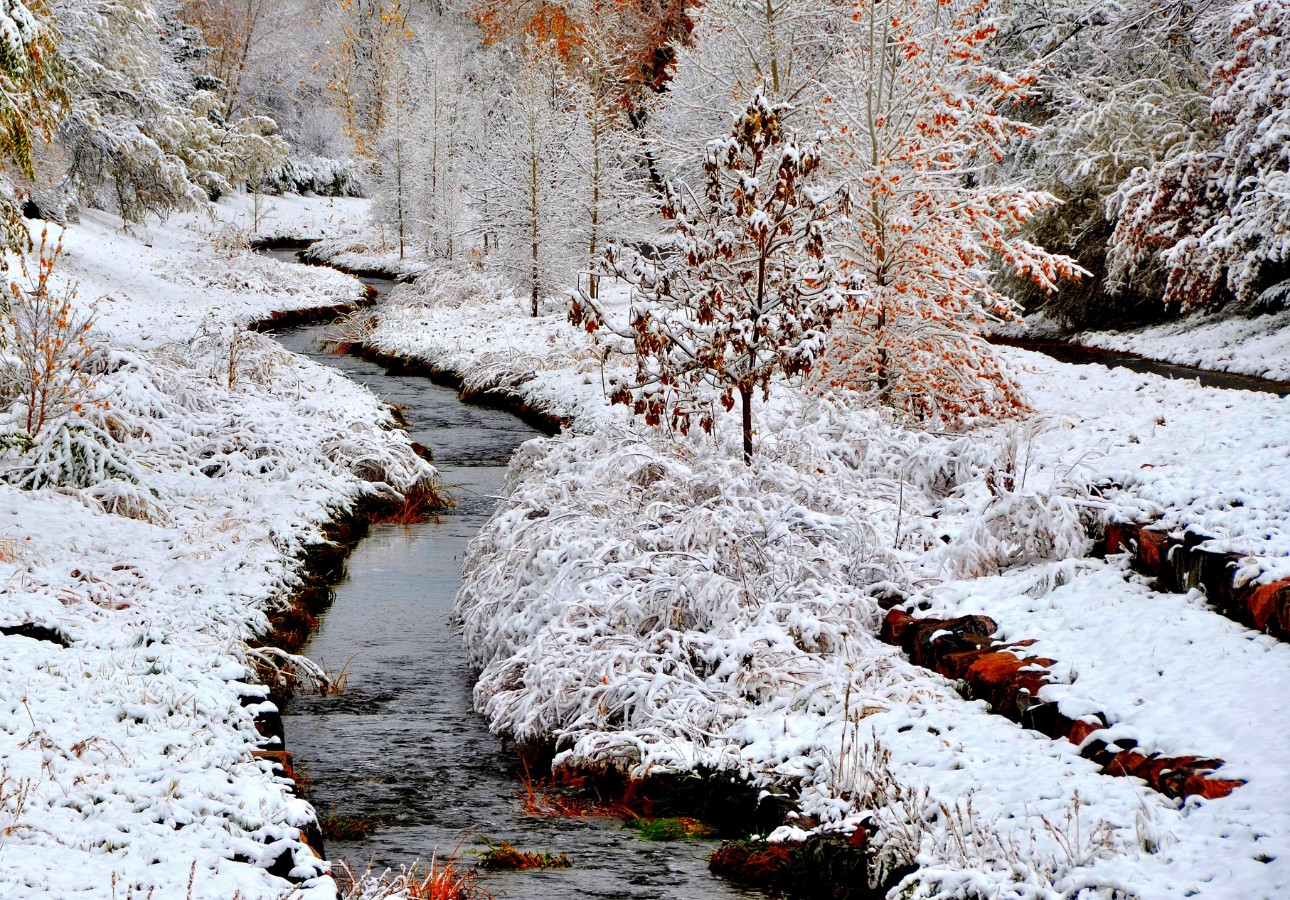
How Is Snow Created?
Snow might be fun to play with, but it’s also created by a pretty interesting process.
The first step to making snow involves the water vapour in the air that’s all around us. Tiny little droplets of water, much too small to see with your eyes, float through the air and are carried around on the wind. We commonly call the water in the air humidity, and it’s the humidity that we need to make snowflakes.
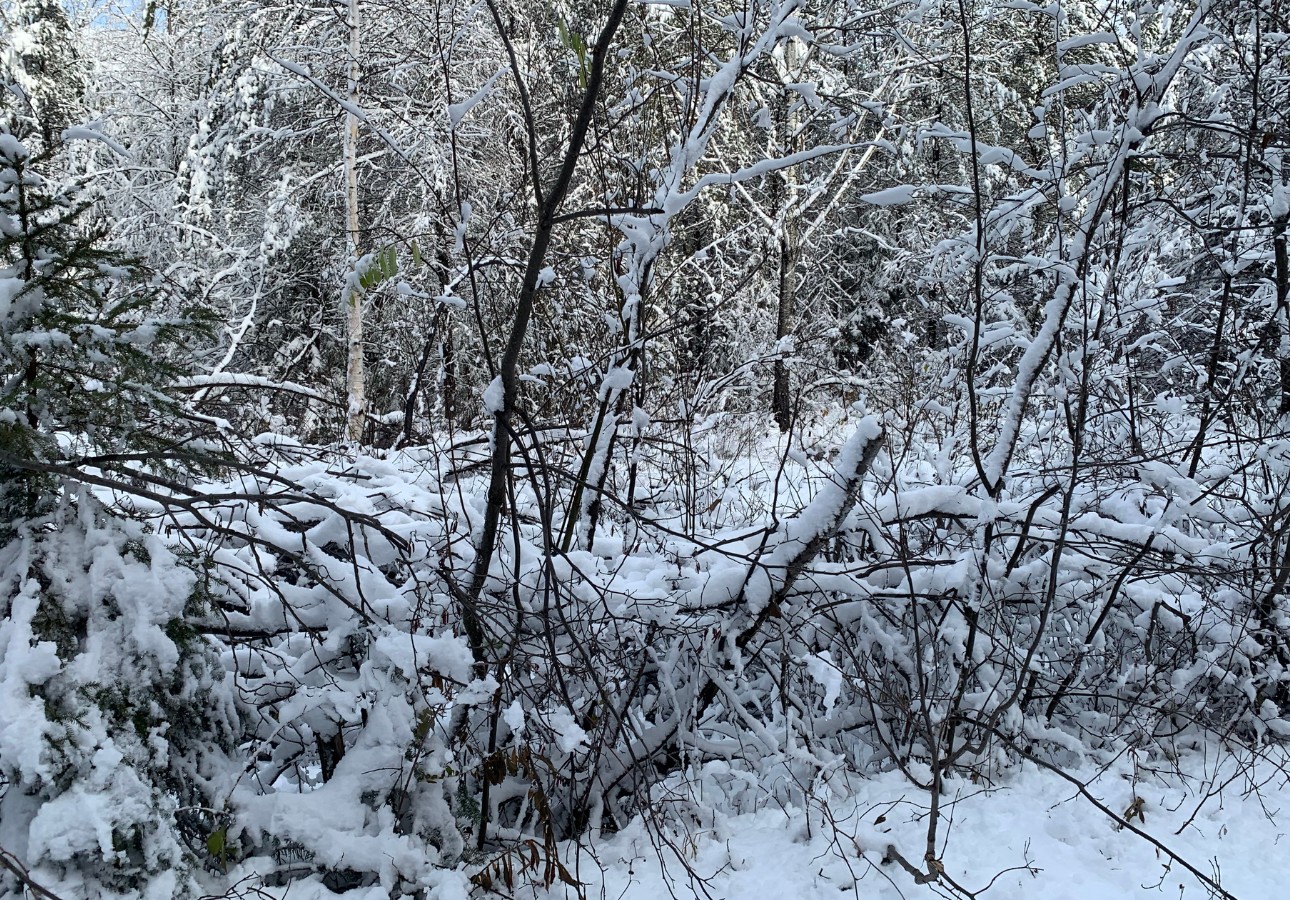
When humid air collides with a different air mass, the humid air can be pushed upwards into the sky. As it moves upwards and the temperature falls, the water in the air begins to cling onto tiny particles of dust. If the air becomes cold enough then the water on these dust particles freezes and forms snow crystals. Snow crystals are essentially tiny little pieces of ice, just like microscopic versions of the ice cubes in your freezer.
If you took a plain snow crystal and looked at it under a microscope you would see that it’s a six-sided shape known as a hexagon. All snow crystals are shaped like hexagons because of the way the atoms in waterline up with each other when frozen.
How Does It Fall?
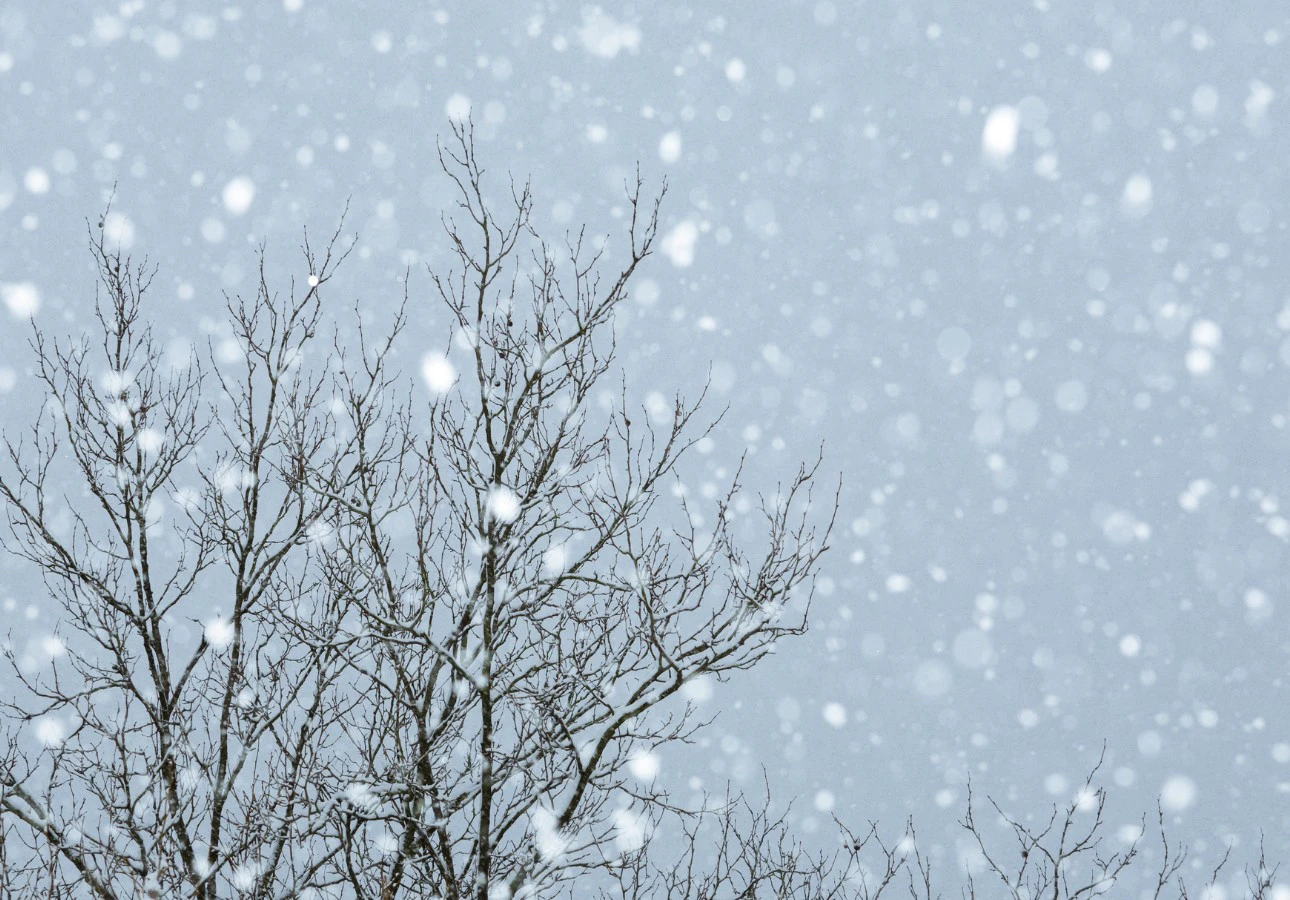
The humid air begins to freeze and millions and millions of tiny snow crystals take shape in the clouds. Down near the surface of the Earth, those tiny droplets of water were light enough to float in the air, but as they get further away from the ground and the air becomes thinner, they start to get too heavy to keep floating.
As snow crystals freeze and collide with each other they get even heavier and start falling from the sky. As they fall the snow crystals attract un-frozen water vapour from the air. That water vapour condenses onto the snow crystals and freezes, which causes the snow crystal to grow into the intricate snowflakes you’ve probably seen in pictures.
Hail vs Snow
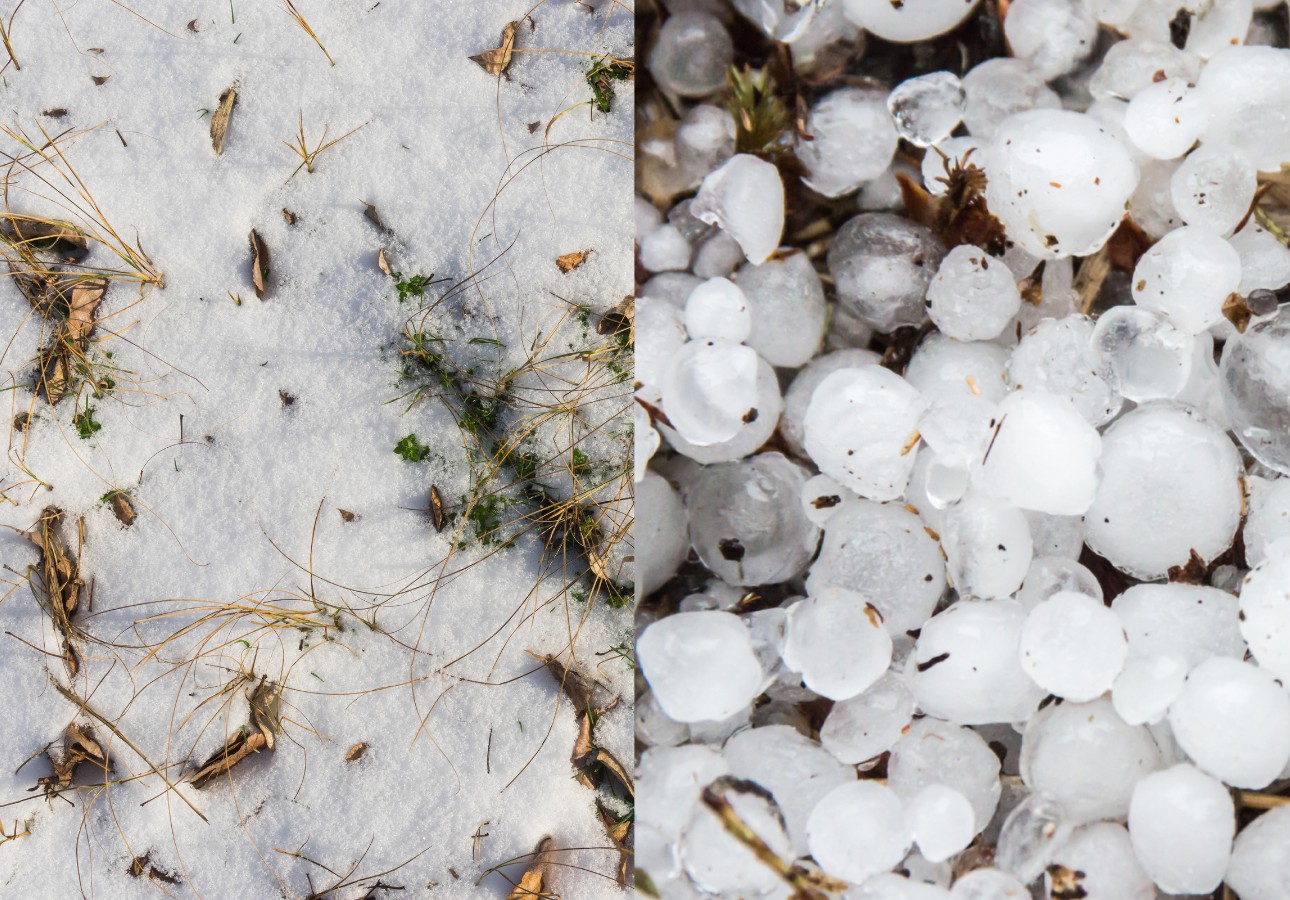
In Australia, we might not see that much snow, but we definitely see plenty of hail. During a bad storm so much hail can fall that it looks like snow on the ground and you might be wondering if they’re the same thing.
While snow crystals are tiny droplets of water vapour that froze high up in the sky, hail forms when whole raindrops freeze in clouds. This means that hail falls as much larger stones than the gentle snow crystals that you can use for building snowmen.
How are Polymers Created?
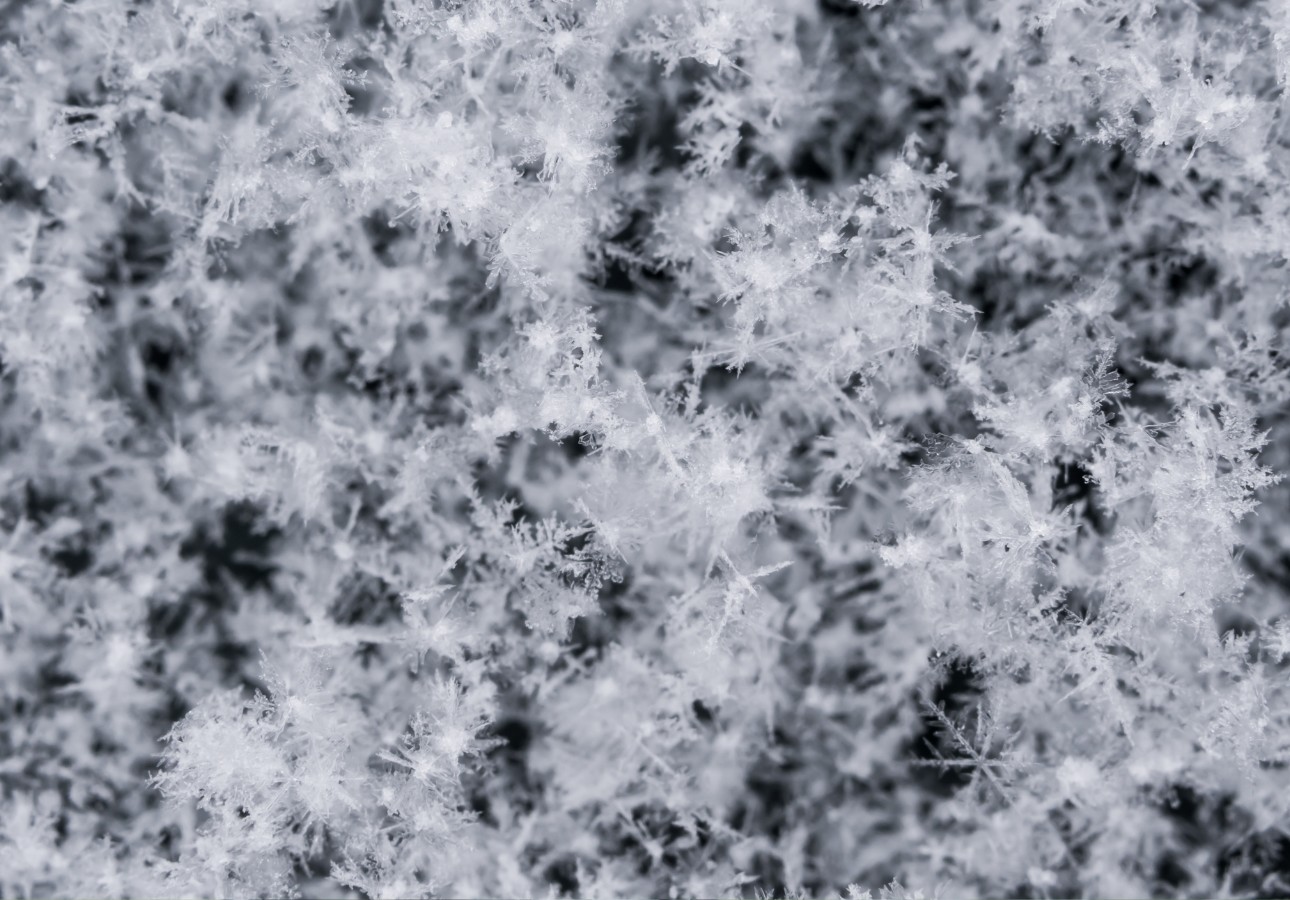
Now we know that snow starts as tiny hexagonal ice crystals in the sky, and as it falls it joins with other snow crystals around it, turning into those pretty shapes you can see under the microscope. So snowflakes are actually made up of a chain reaction that pulls in and freezes water vapour from the air.
That means snow works very similarly to something else you might have heard of before: Polymers. There are millions of types of polymers in the world, but the one you probably know best is plastic. Plastic is a type of polymer, and just like snowflakes, that polymer is a large particle that is made up of smaller molecules that have joined together. Snow crystals join together to make snowflakes, and polymers are joined together by molecules that are attracted to each other.
Apart from plastic, you might also see polymers at work on indoor ski slopes. Since our weather is too hot for much snow, some of our cities have big buildings where fake snow lets people enjoy skiing, sledding and all their favourite winter sports! That fake snow is actually made from a special kind of polymer that absorbs water to become fluffy and light, just like the real thing.
Want to Know More About Chain Reactions? Book a Street Science Workshop Today!
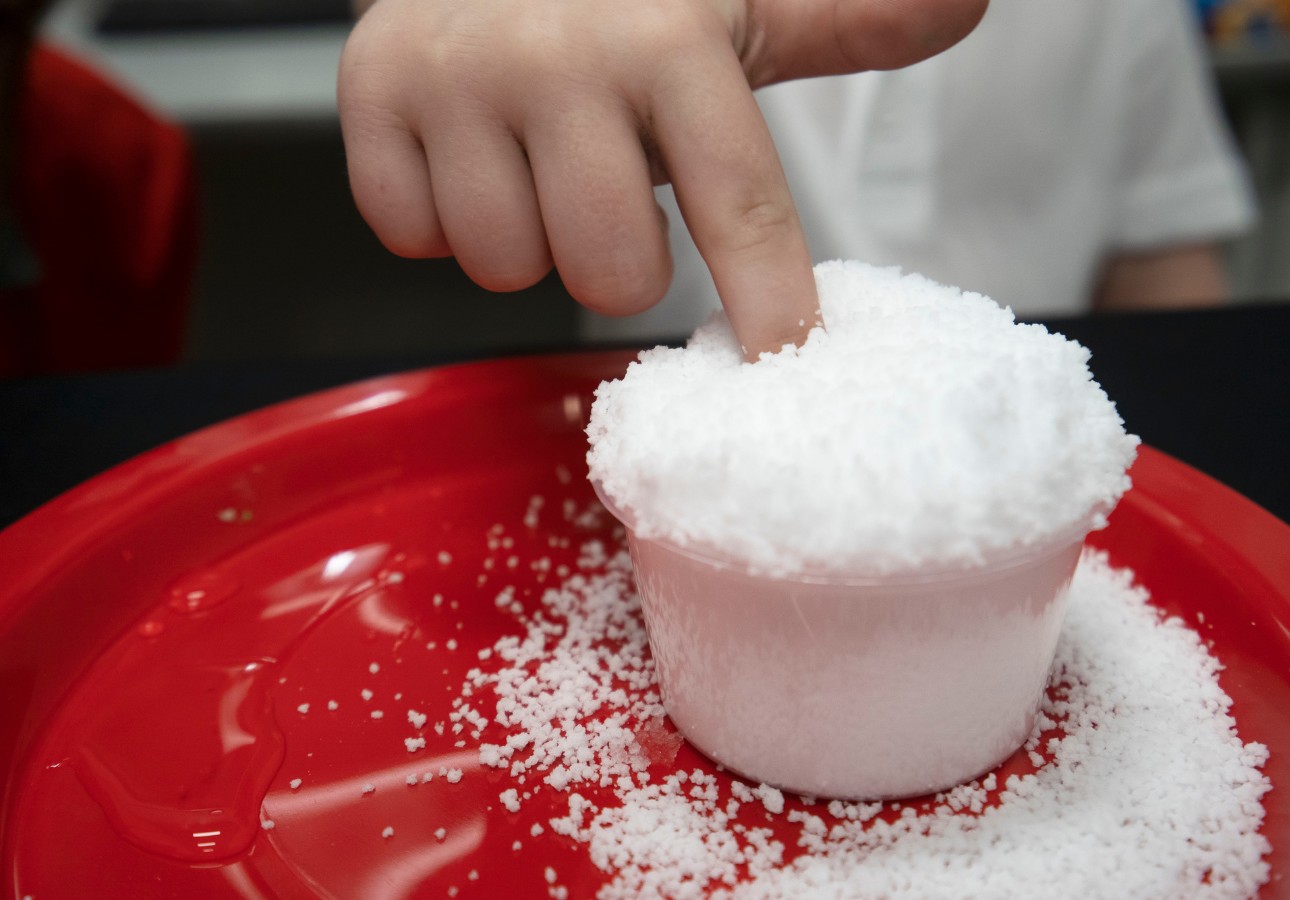
There’s lots of fun to be had in the world of polymers and chain reactions, so if you want to know more then Street Science’s Perfect Polymers Workshop for Years 2, 5 and 6 is for you! All of our classes are run by experienced teachers who provide lessons for all age groups, from kindy through to high school. Speak to us today if you want more information or would like to book a workshop.


